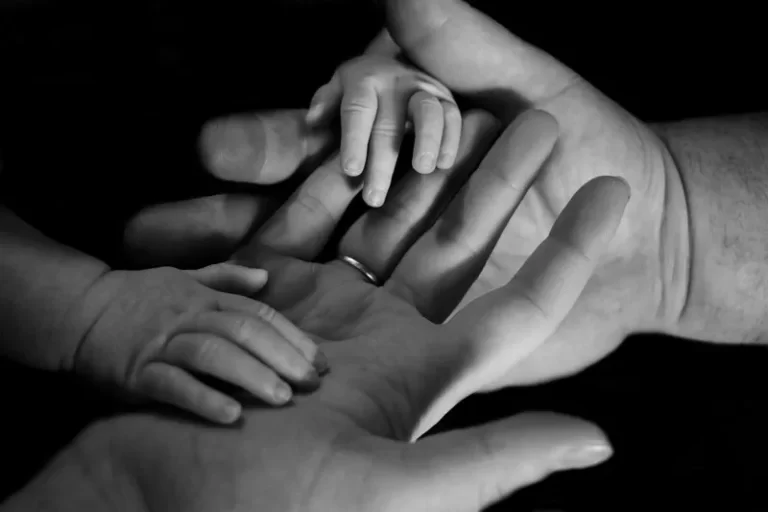Table of Contents
- The Emergence of the Hospice Movement
- Hospices as Social Institutions
- The Sociology of Dying and Death
- The Professionalization of Hospice Care
- Cultural Variations in Hospice Use
- Power, Ethics, and Autonomy in End-of-Life Care
- Hospices and Social Inequality
- The Future of Hospices: A Sociological Perspective
- Conclusion: Reclaiming the Social in Dying
Hospices are institutions that provide end-of-life care, emphasizing the quality of life for individuals facing terminal illness. They represent more than just medical facilities; they are culturally, ethically, and sociologically significant spaces that reflect societal values about death, dying, care, and the human condition. Sociology, with its tools for analyzing social institutions, norms, practices, and relationships, offers a powerful lens through which to explore the structure and meaning of hospice care.
This article introduces hospices from a sociological perspective, examining their origins, organizational structure, professional roles, cultural significance, and the broader societal implications of end-of-life care. We aim to unpack how hospices operate as social institutions and how they reveal deep-seated assumptions about mortality, autonomy, and the social management of dying. Moreover, this article aims to provoke a deeper understanding of how the care of the dying interacts with broader themes such as inequality, ethics, bureaucracy, and cultural change.
The Emergence of the Hospice Movement
Historical Context
The modern hospice movement emerged in the mid-20th century, largely in response to the medicalization of death and the perceived neglect of the emotional and spiritual needs of dying patients. The sociological relevance of this movement lies in its challenge to dominant biomedical paradigms, which had increasingly defined death as a technological failure rather than a social and existential passage.
- The hospice model prioritizes palliative care, focusing on comfort rather than cure.
- It critiques the hospital-based model that often marginalizes dying patients and isolates them from familial and social environments.
- The movement gained traction in the 1960s and 1970s, particularly in the UK under the pioneering work of Cicely Saunders, and later in the United States and other parts of the world.
Sociologically, the hospice movement can be seen as a form of counter-institutionalization, where alternative moral and care practices are formalized into new institutions. It exemplifies how social movements can institutionalize new norms and redefine care in ways that challenge prevailing ideologies of health, efficiency, and productivity.
Hospices as Social Institutions
Hospices are not merely places for clinical care; they are institutionalized responses to dying, embedded within social, cultural, and political contexts. They represent a site where multiple logics—medical, ethical, spiritual, and bureaucratic—intersect. As institutions, they are governed by formal regulations and informal norms, structured interactions, and shared belief systems that collectively define how death should be approached and managed.
Institutional Features
- Organizational Bureaucracy: Hospices are regulated by health systems and follow standardized procedures. They have hierarchical structures, roles, and professional divisions of labor. Bureaucratization allows for efficiency and accountability but may also limit personalization of care.
- Normative Orientation: Unlike conventional hospitals, hospices are normatively driven by values such as dignity, empathy, spiritual care, and holistic well-being. These values influence everything from architecture to daily routines.
- Cultural Framing: Hospices help frame dying not as a failure of medicine but as a meaningful and natural part of life. This reframing challenges the prevailing Western ethos that sees death as an adversary to be conquered.
Hospices reflect what sociologists call total institutions in some respects—closed systems with their own internal logics, schedules, and rituals—but they also actively resist the depersonalization typical of such institutions. Instead, they aim to restore individual agency, familial connection, and existential meaning at the end of life.
The Sociology of Dying and Death
Death as a Social Construct
Death is not merely a biological event but a profoundly social one. Societies define what constitutes a good death, who is responsible for the dying, and what rituals are appropriate. These cultural definitions influence institutional practices and individual expectations.
In hospices, these social constructions are operationalized in:
- The architecture of care (homelike environments, absence of harsh clinical lighting)
- The language of care (euphemisms such as “passing,” “letting go,” or “transitioning”)
- The roles of caregivers (emphasis on emotional presence, cultural sensitivity, and non-invasive communication)
Hospices thus become symbolic spaces where the social meanings of death are negotiated, enacted, and sometimes contested.
The Role of Social Actors
Hospice care involves multiple actors, each embedded in distinct social roles:
- Patients: Often engaged in identity work as they reconcile with mortality, review life histories, and construct narratives of meaning and closure.
- Families: Navigate anticipatory grief, shifting responsibilities, and the reorganization of kinship dynamics. They are also co-participants in care.
- Care providers: Enact professional and emotional labor, often requiring the negotiation of boundaries between empathy and detachment.
- Volunteers: Represent community engagement with death and often serve as a bridge between formal care systems and informal networks.
The interaction between these actors reflects broader societal tensions: autonomy vs. dependency, control vs. surrender, medical authority vs. lay experience, and public vs. private grief. Each actor participates in shaping the culture of the hospice, creating a dynamic, relational space of care.
The Professionalization of Hospice Care
The emergence of hospice care as a specialized field has led to the development of distinct professional identities, discourses, and practices. Sociology offers insight into how professions define themselves, maintain legitimacy, and interact within institutional settings. Professionalization not only standardizes care but also introduces new power relations and norms.
Division of Labor
Get the full article AD FREE. Join now for full access to all premium articles.
View Plans & Subscribe Already a member? Log in.






